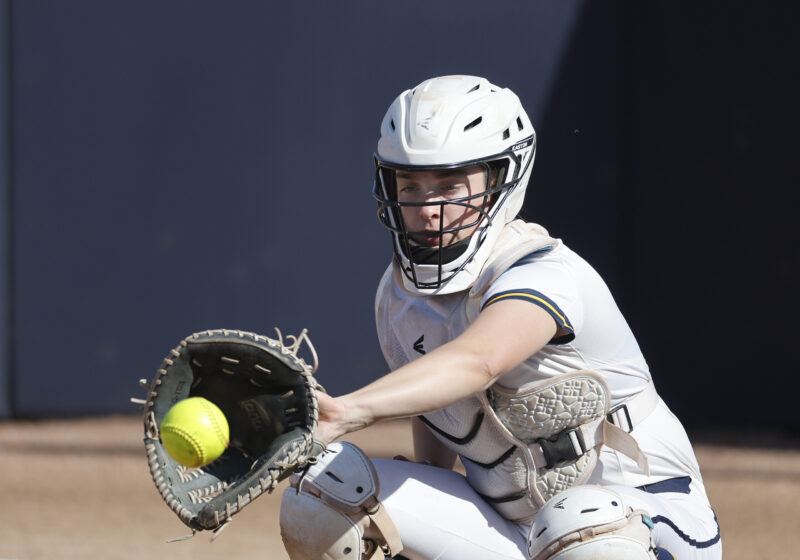The Department of Religion and Classics, along with the Interfaith Chapel, Dean of The College, Office of Minority Student Affairs, the Student Association, and the departments of Anthropology, Political Science and History co-sponsored a speaker presentation held in the Welles-Brown room last night entitled “American Peyotism: Religion & Legal Dimensions.”
Coordinated by Take-Five student and Religion and Classics Undergraduate Council member Heather Hall, the presentation was made by Colgate Humanities professor Chris Vecsey and Political Science professor Tim Byrnes.
The presentation dealt with the issues of peyotism in Native American religious practices, and the legal relations between the use of this once illegal substance and the first amendment freedom of religion clause. The issue of legal usage of peyote for religious purposes came into play in the 1989 Supreme Court case Employment Division v. Smith.
Al Smith was a recovering substance abuser and was told he would be fired from his job if he engaged in religious practices involving peyote. He did so nonetheless, and was released from his position. He was also denied unemployment by the state of Oregon for violating work policy, because one of his recovery regulations included absolute abstinence from all drugs.
The case went all the way to the Supreme Court, but did so not as a case about Smith’s severance pay, but rather the relationship between using illegal drugs in religious practices. In the end, the decision went against Smith, despite peyote having a long history of leading to sobriety.
Despite the decision reached by the Supreme Court, the use of peyote in Native American religious practices was legalized in the 1990s.
Professor Vecsey said “there are two million registered Native Americans in the country, and 400,000 claim to be peyote users. Therefore one-fifth of the of the Native American population is using this substance, making peyotism a very significant movement.”
While peyote was originally used by different tribes, it is now considered by many of its users to be an organized religion.
Vecsey says peyotism “provides an opportunity for Indians to meet with the divine directly. Everything in the ritual represents. Everything is meaningful.
“Peyotism contains pervasive Christian elements,” says Vecsey, including terms such as sinners, the referring to the supernatural as Jesus, and several other connections.
“Some followers say it’s a form of Christianity, a denomination in itself, although Christians themselves don’t support this claim. The use of peyote in Christianity’s eyes was not unreligious, it was falsely religious,” he concluded.
The use of peyote has now been legalized, but the American judicial system has not documented any connections between the use of the substance with religious freedom.
“Are the events at peyote meetings protected under the First Amendment freedom of religion clause?” Byrnes asked. “The one word answer is no.”
Byrnes says the reason for this decision by the court is “if you are gonna exempt Al Smith in his peyote using on claims of freedom of religion, where’s the line? What do we say to his neighbor who wants to smoke marijuana in a religious ritual?”
Byrnes and Vescey both said that they understood the decision and reasoning of the Supreme Court, but neither attempted to hide their favorable views towards the legality of peyotism.

